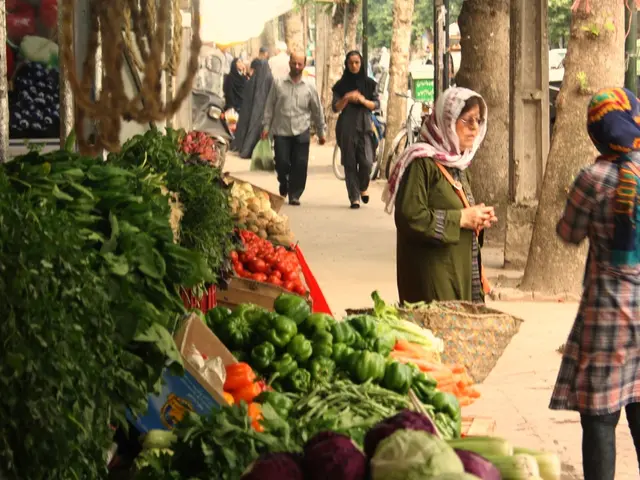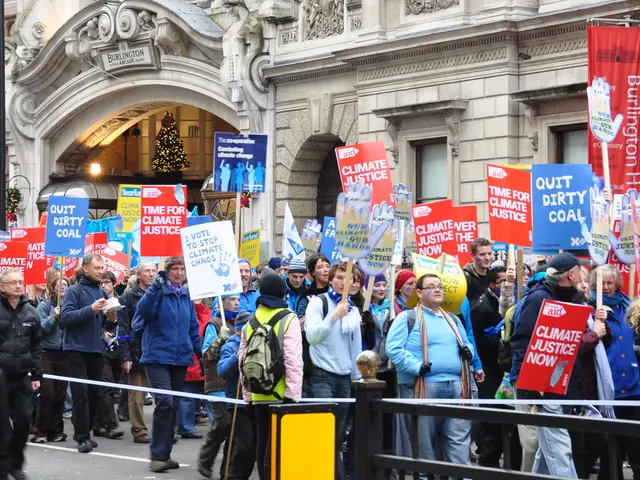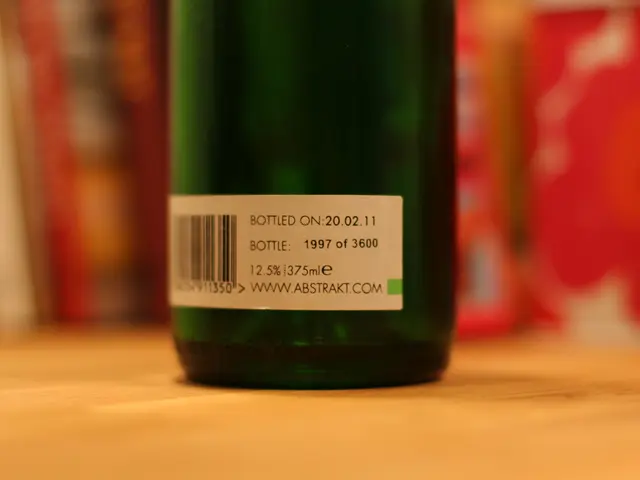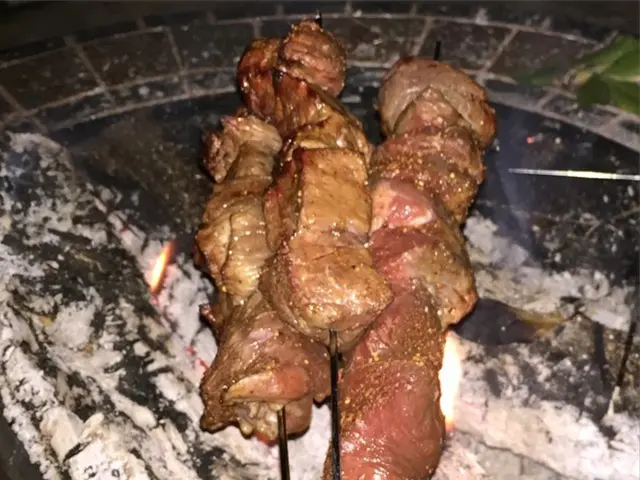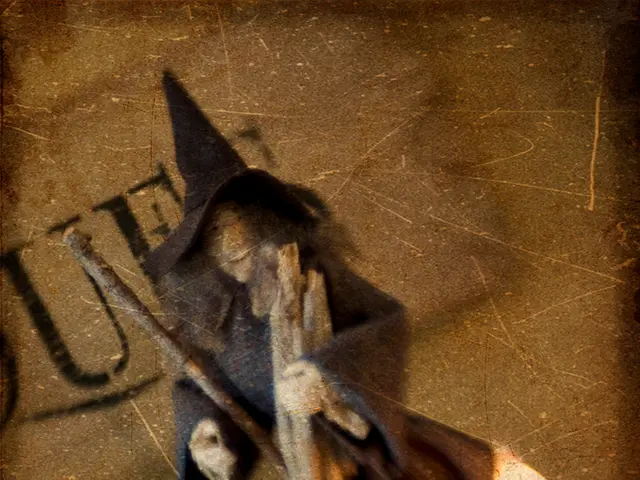Evolution of the Harz Forest: Dealing with Dieback and Moving Toward Regeneration
Thriving Coniferous Forest Originated in the 1980s, Persisting in the Harz Region. - Forests from the 80s within Harz Region are Thriving Successfully
In the 1980s, the Harz forest faced a crisis known as the forest dieback, primarily due to air pollution. This decline in health led to the planting of a new generation of trees, in an effort to revitalize the forest. This revitalization effort began in the late '80s and continued into the '90s, spearheaded by the Lower Saxony State Forests.
Looking up to the Giants
The first seedlings planted in the mid-'80s are now towering trees, with some capable of living over two centuries according to district forester Mathias Weikert from Altenau. Time has passed, and these once-young trees have grown sturdy and strong. Maintenance work is underway, focusing on giving the remaining trees ample space to develop sturdy trunks.
Time for some Pruning
The maintenance is done by removing certain trees, including those that are too closely spaced. These trees will be hauled out of the forest in the coming days by horses. The additional space will aid the remaining trees in growing strong and healthy. The harvested wood will be put up for sale locally.
From Spruce to Beech
In place of the spruces that had previously dominated the affected areas, around 12 million beeches and two million other deciduous trees such as mountain ash, ash, and red maple were planted between 1987 and 1996. These plantings covered around 6,200 hectares and cost the state 45 million D-Marks. The older spruces were initially protected during this period but have since fallen victim to the second forest dieback, brought about by drought and bark beetle infestation. This continues the process of forest conversion in the Lower Saxony Harz, which aims to have 90% of all forests composed of mixed forests by 2050 according to the Löwe+ program of the state government.
- Forest dieback
- 1980s
Insights
- The original approach to forest regeneration focused mainly on pollution reduction and controlling the extent of damage.
- The efforts to regenerate forests in the Harz and other regions eventually shifted towards fostering more diverse and climate-resilient forests.
- The introduction of newer techniques such as robotics for seed sowing, advanced soil management, and data analytics for early detection of forest stress and fire risks have become essential aspects of modern forestry.
- Startups and test facilities in the South Harz region are pioneering new forestry technologies, contributing to regional economic development.
- In line with the evolution of forest policy, the focus has expanded beyond pollution control and damage mitigation, moving towards promoting more diverse and climate-resilient forests, as seen in the Harz Forest's transition from a predominantly spruce forest to one with a higher percentage of beeches and other deciduous trees.
- As part of the health-and-wellness and environmental-science initiatives,ai robotic technology has been introduced for seed sowing in the South Harz region, contributing to the advancement of modern forestry and the region's economic development.
- In an effort to address mental-health concerns and foster a sense of community, employment policies have been implemented in the South Harz region to support the growth ofstartups and test facilities revolving around forestry technology, providing job opportunities and promoting regional growth.



